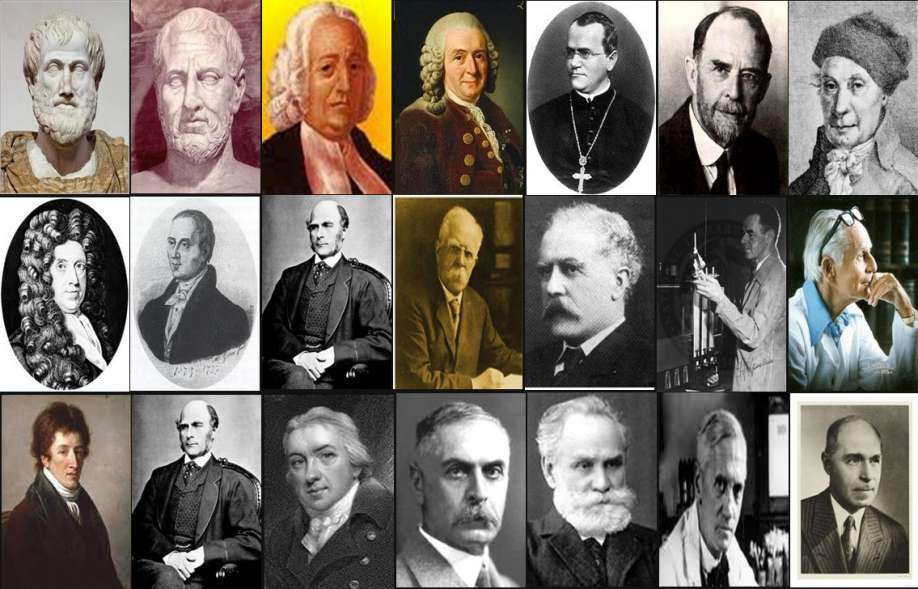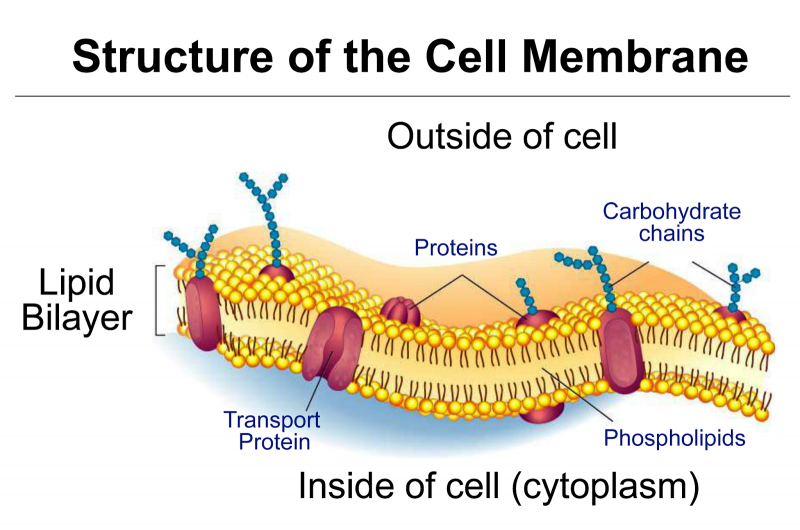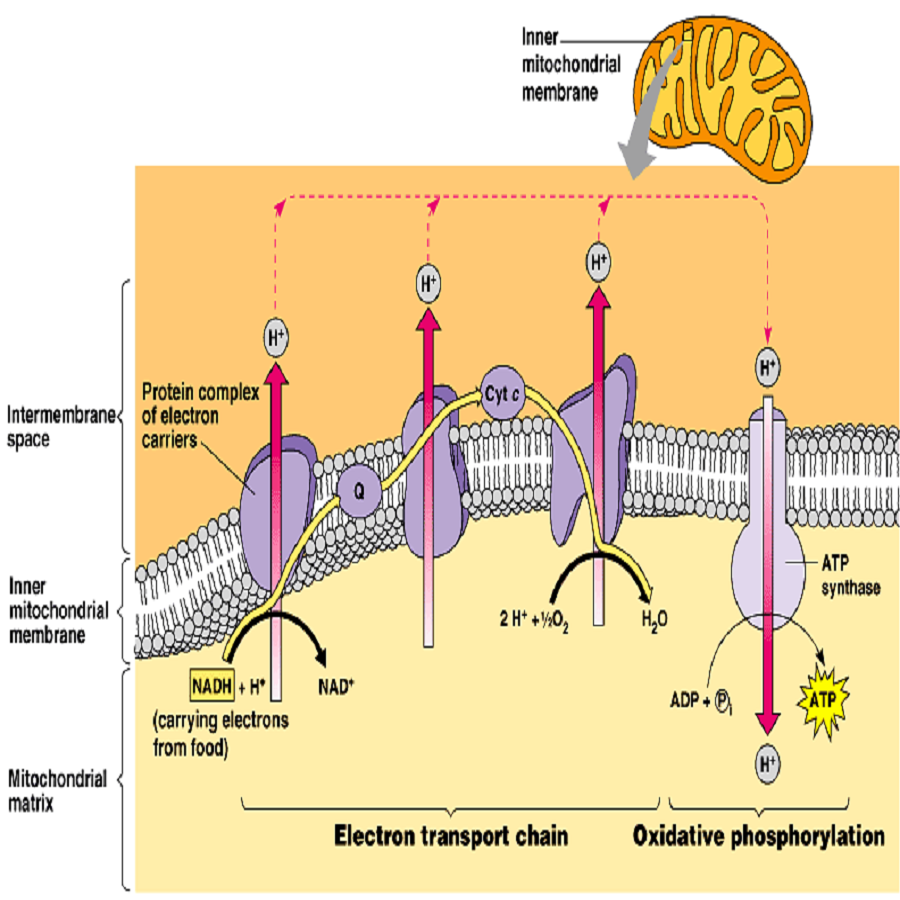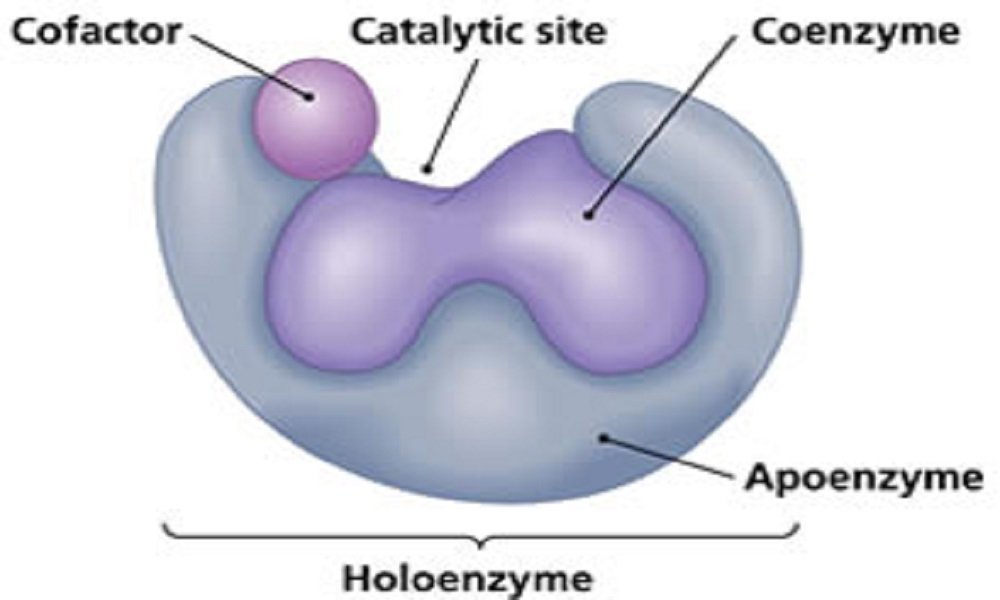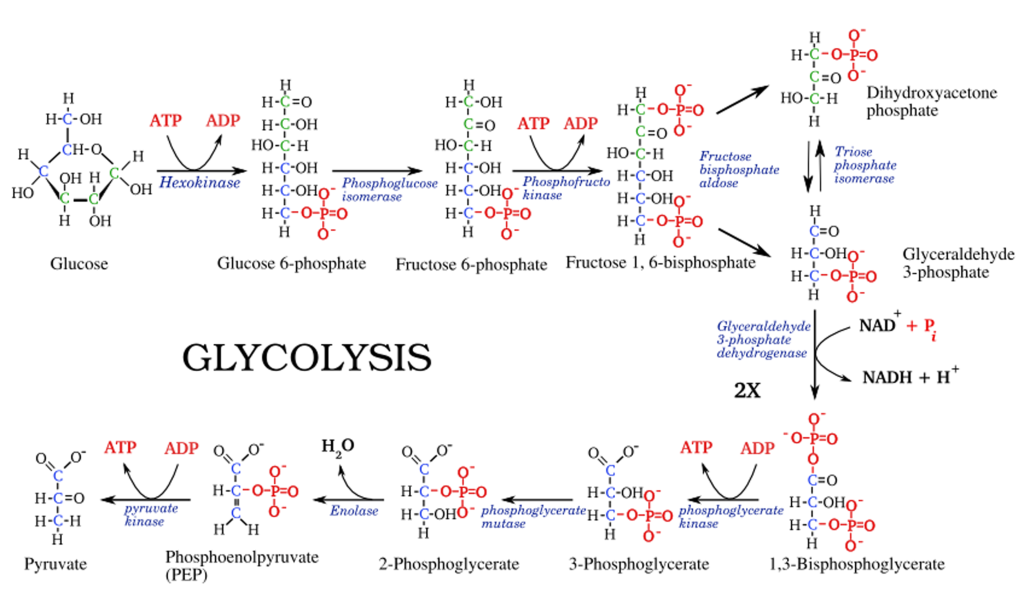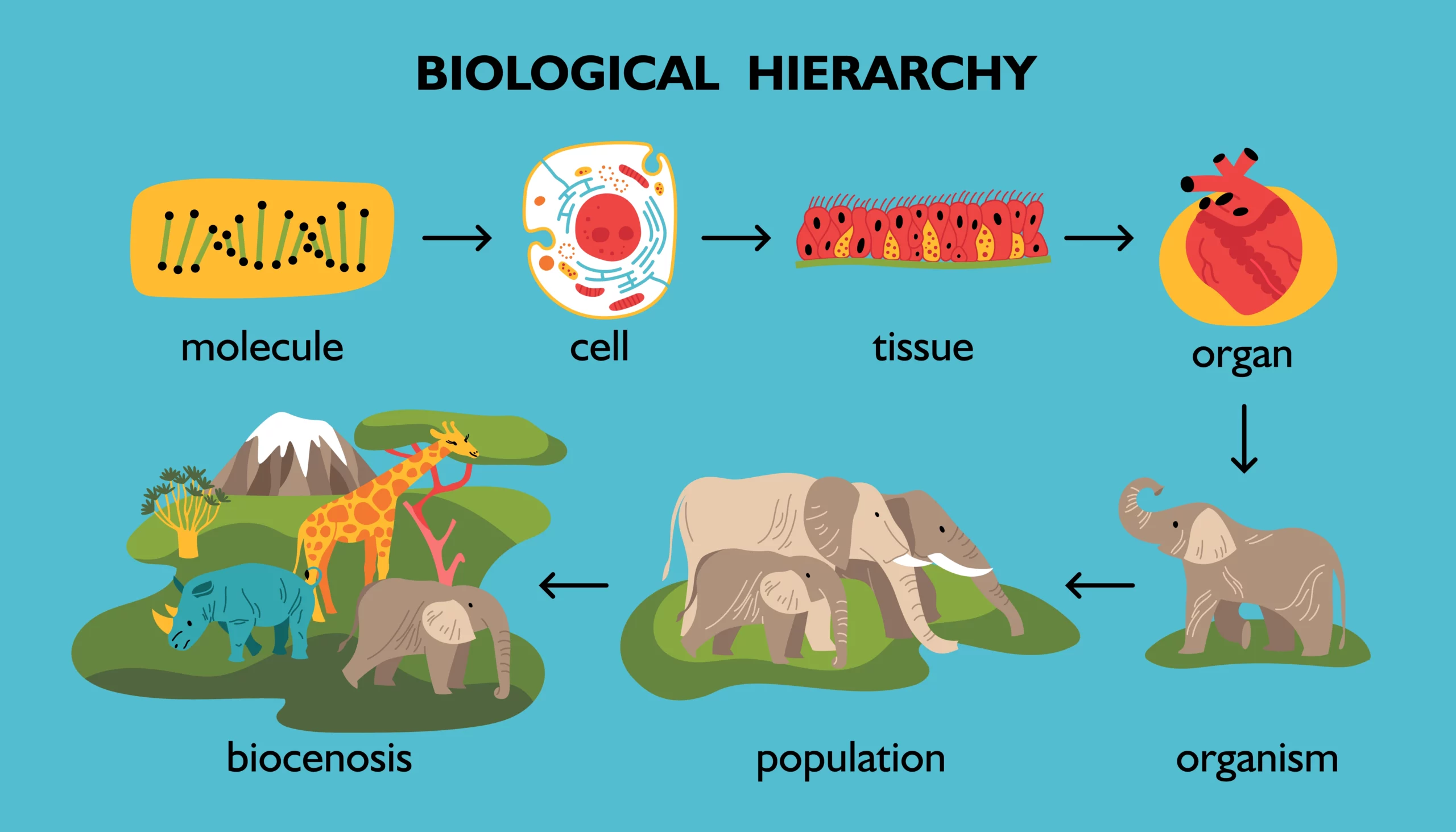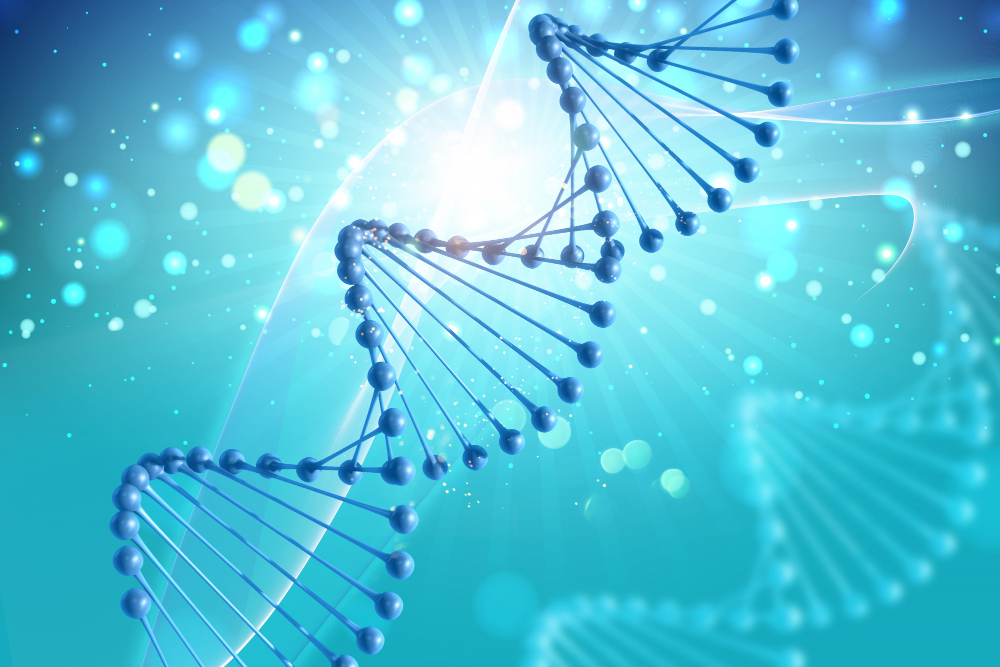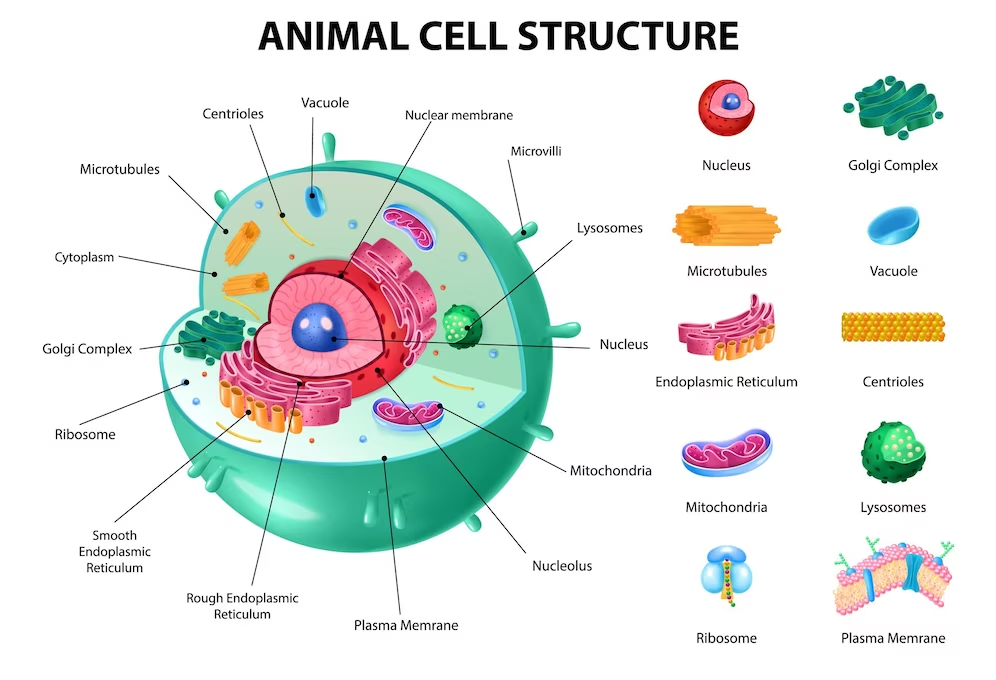Tag: Biochemistry

Father of Various Branches of Biology
Father of Agronomy Peter – De- Cresenji Father of Agriculture Norman Borlaug Father of Anatomy Andreas Vesalius Father of Botany Theophrastus Father of Biology Aristotle Father of Bacteriology Antonie van LeeuwenhoekRobert Koch / Ferdinand Cohn / LouisPasteur Father of Blood Groups Karl Landsteiner Father of Blood Circulation William Harvey Father of Cytology Robert Hooke Father…

What is the function of the cell membrane?
The cell membrane is otherwise called a Plasma membrane. It may be defined as the thin, elastic, semipermeable living membrane that serves as a boundary for the Cytoplasm. The Cell membrane is made up of glycoproteins and phospholipids. The Functions of the Cell membrane are as follows: Cell membrane or Plasma membrane is a semipermeable membrane present…
Q & A ON WATER AND MINERAL SALT
Q1. What is the approximate percentage (in mass) of water in the human body? Is this percentage expected to be larger in the adult or in the old individual? Ans: Approximately 65% of the human individual mass is water. The brain, for example, has around 90% of water in mass, the muscles, 85%, and the…

OXIDATIVE PHOSPHORYLATION, ELECTRON TRANSPORT CHAIN
OXIDATIVE PHOSPHORYLATION It is the main source of energy of our cell. Takes place in Mitochondria. Movement of protons through inner mitochondrial membrane leads to ATP production DEFINITION Oxidative phosphorylation includes the coupling of the oxidation of NADH or FADH2 by the respiratory chain with the synthesis of ATP via gradient of protons across the inner mitochondrial…

COENZYMES
Enzymes may be simple proteins or complex enzymes. A complex enzyme contains a non-protein part, called a prosthetic group (co-enzymes). Coenzymes are heat stable low molecular weight organic compound. The combined form of protein and the co-enzyme are called as holo-enzyme. The heat labile or unstable part of the holo-enzyme is called as apo-enzyme. The…

Glycolysis Pathway
Glycolysis is a crucial metabolic pathway found in all living cells, serving as the initial step in the breakdown of glucose to produce energy. This ancient and highly conserved process occurs in the cytoplasm and plays a central role in both aerobic and anaerobic respiration. In this note, we’ll delve into the details of glycolysis,…

Biological Classification
Biological Classification: Understanding the Diversity of Life In the vast tapestry of life that envelops our planet, organisms of all shapes, sizes, and functions coexist. From the towering trees of the rainforests to the microscopic bacteria hidden in the soil, every living entity has a place and role in the intricate web of life. This…

Genetics
Genetics: Unveiling Life’s Blueprint In the realm of genetics, we dive into the complex domains of genes, heredity, and trait inheritance. This captivating field untangles the intricacies of life’s diversity and continuity. It unveils aspects ranging from eye color to susceptibility to diseases. Genes and Heredity: Genes, those DNA segments, house the instructions steering growth,…

WHAT IS CELL?
A cell is the basic structural, functional, and biological unit of all living organisms. It is the smallest unit of life and serves as the building block of all living things. Cells are incredibly diverse in terms of their structure and function, yet they all share common characteristics that define them as cells. Here are…

